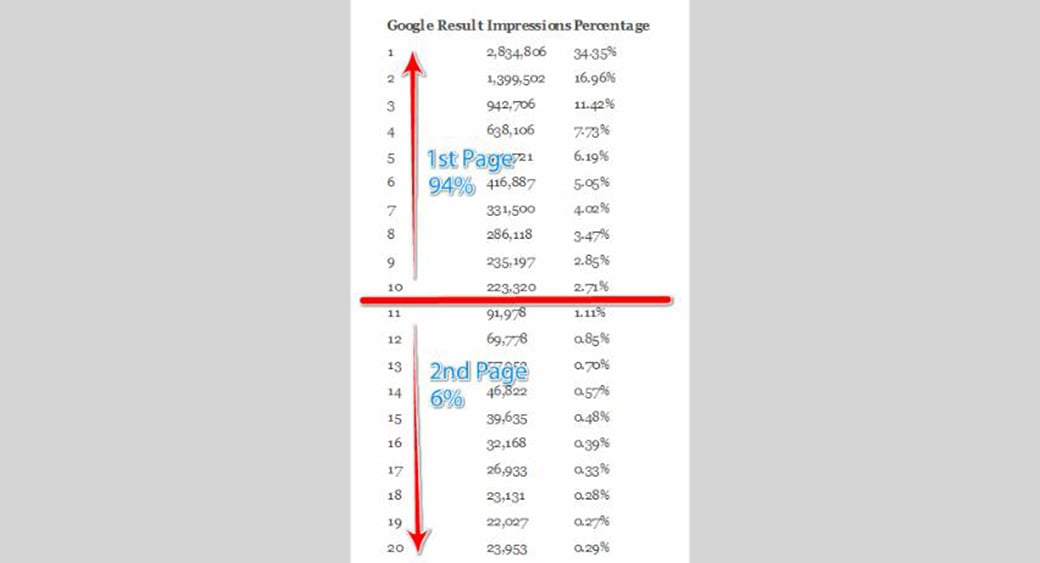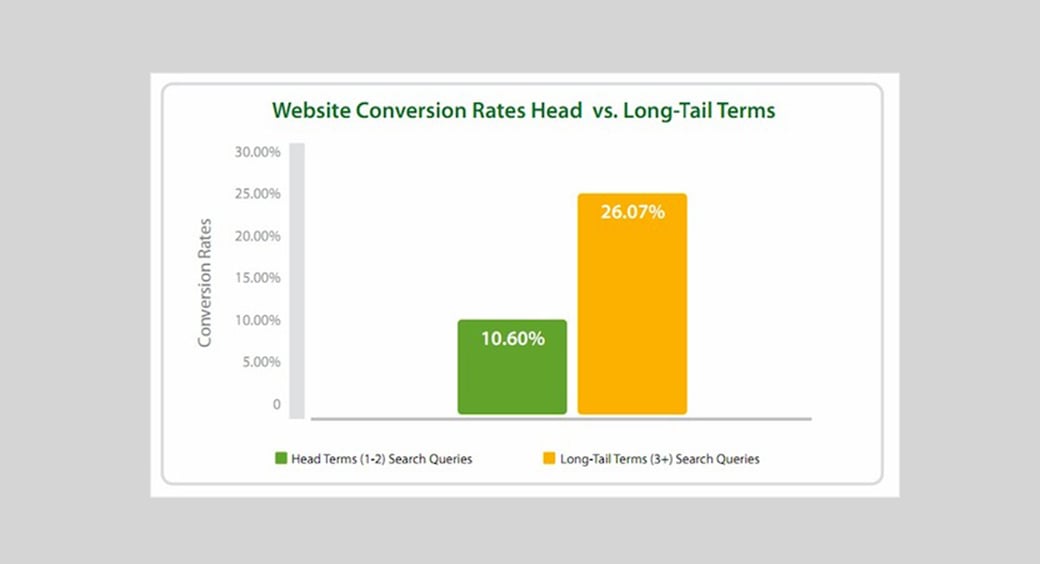Long Tail Keywords SEO – Hacks for Successful Ranking
If you’re new to SEO or are just looking for some new ideas – this article could be for you. One great way to fine-tune the sort of visitors you’re getting into ones who are more likely to spend money while also helping to rank your site on Google much more easily is with long tail SEO. In this article, we’re going to drill down into what long tail keywords SEO really is – and how you can use it to your advantage to help boost your site to the next level.

What is Long Tail Keywords SEO?
If you’re trying to rank for a specific term – you’re probably already aware how difficult this can be. Especially with those highly-competitive broad search terms that everyone is trying to rank for. What if there was a way to avoid all this noise and target only keywords that are relevant to your specific audience?
There is. And that’s with long tail keywords.
With the right long-tail additions to your keywords, you can instantly take a jump on the competition. While it’s true that these longer tail keywords get fewer searches and therefore fewer potential clicks through to your website – this isn’t a bad thing. Far from it. We’re going to look at why a little later. But first, let’s have a look at long-tail keyword SEO specifics, and importantly – what exactly is a long-tail keyword?
What is a long-tail keyword?
The thing of a search term. Any search term. If it’s something broad like “chocolate” – it’s going to have tons of searches. And tons of competitors. While you might look at the tens (or hundreds) of thousands of searches a certain term gets and think you’ve got to get some of it – the reality is often much harder.
Actually ranking for these broad search terms is often very difficult. Even if you manage to do it, you’ll constantly be at threat from your competition or be at risk of losing your ranking. Maintaining your ranking might be even harder than getting it in the first place. And that’s where long tail keyword SEO can help.
Now try fine-tuning that term a bit. Chocolate biscuits. Gluten-free chocolate biscuits. Organic gluten free chocolate biscuits. Organic gluten-free chocolate biscuit reviews. Organic chocolate biscuit reviews 2018. You see? Each of these “long tail” addition is fine turning your market. If you look at the search stats for whichever long tails and keywords you go for, you’ll see that they get far fewer searches. The important thing to remember with long tail keyword SEO is that this is NOT a bad thing. Let’s look at why.
Why Is a Smaller Market with Fewer Search Terms a Good Thing in Long Tail Keywords SEO?
First and foremost – these long tail keywords are easier to rank for. MUCH easier to rank for. What that means is that you could throw up ten, or even twenty long-tail niche sites and rank for them before you’ve ranked for that super-competitive broad search term. This is important.
As you’re probably aware, getting on the first page of Google is crucial. If you can’t make it to the first page, you might as well not bother. Let’s say you manage to do quite well but only make page 2 when trying to rank for a broad search term. That’s easier said than done to start with – but this might only get you less than 1% clicks for that term. Even if it’s something with 100,000 monthly searches – that’s about a thousand clicks a month.

Then consider a long-tail keyword variant that gets around 10,000 searches. if you can make the 1st place on Google for that term, some research suggests you might net around 34% clicks. That’s 3,400 hits for a term that’s much easier to rank for and easier to maintain. Now you can see how a bigger piece of a small pie is worth more than a small piece of a big pie. Or no piece of a big pie. With the right long tail keyword research, you can find the exact pie that’s right for your business.
But there’s another important factor when looking at long tail keywords SEO like this. If you rank for that broader term – you’re going to get TONS of people who aren’t looking for what you’re offering. You’re going to get people who clicked through by mistake, people who are looking for something similar but not quite right, etc.

That’s the thing with these catch-all broad search terms. They simply don’t give you enough of the sort of visitor you want. That means you’ll be wasting bandwidth and marketing efforts on people who’re never going to spend money on your site. And it’s another reason why long tail SEO can be so effective – it gives you more active visitors who are fine-tuned to your specific message and more likely to spend money.

If you pick the right additions in your long tail research – you’ll be able to capture local SEO niches and only get visitors who’re active and more likely to actually spend money on your site. You might get fewer or them, but your conversion rates could go through the roof. Firstly, people will be super-switched on to your message if they searched for the exact term and found your site. They probably thought they wouldn’t find something as relevant as your site, and they did – so they’ll be a captive audience. Secondly, and perhaps more importantly – if you use the right long tail keywords you’ll be able to deliver active users who are more likely to spend money, and that’s what we’re going to look at next.
How to find long tail keywords
If you’re starting to think more about long tail keywords SEO research, there are a few important factors to remember. Most importantly, you want to avoid “passive” long tail keyword additions and target “active” ones.
A passive long tail might be something like “free” or “download“. These sorts of people are normally looking for a free ride and won’t be looking to spend money. You don’t really want to waste bandwidth on these people. While “free download” might get lots of people to click through, these will be wasted clicks if you actually want people to spend money.
So the good ones to target are ones like “review” or especially “discount“. Those who are looking for a discount are the sort of visitors who know they’re going to be spending some money soon but just want to see if they can make a saving before they do so. If you can be there with the saving they’re looking for – you could make a sale. People also like to add the current year to their searches to avoid outdated info.
Another perhaps counter-intuitive long tail addition is “scam”. People use this when they first learn of a product to learn if it’s legit before they buy it (“legit” can also work too). Just make sure your info isn’t scammy itself and you could make sales with these sorts of long tail additions.
Final Words
There are tons of different ways to make money from long tail keywords SEO. Hopefully, some of the information in this article has helped you so that you can think about SEO differently and start making more money. You can do your own long tail keyword research to find the right long tail keywords for your niche.




Leave a Reply